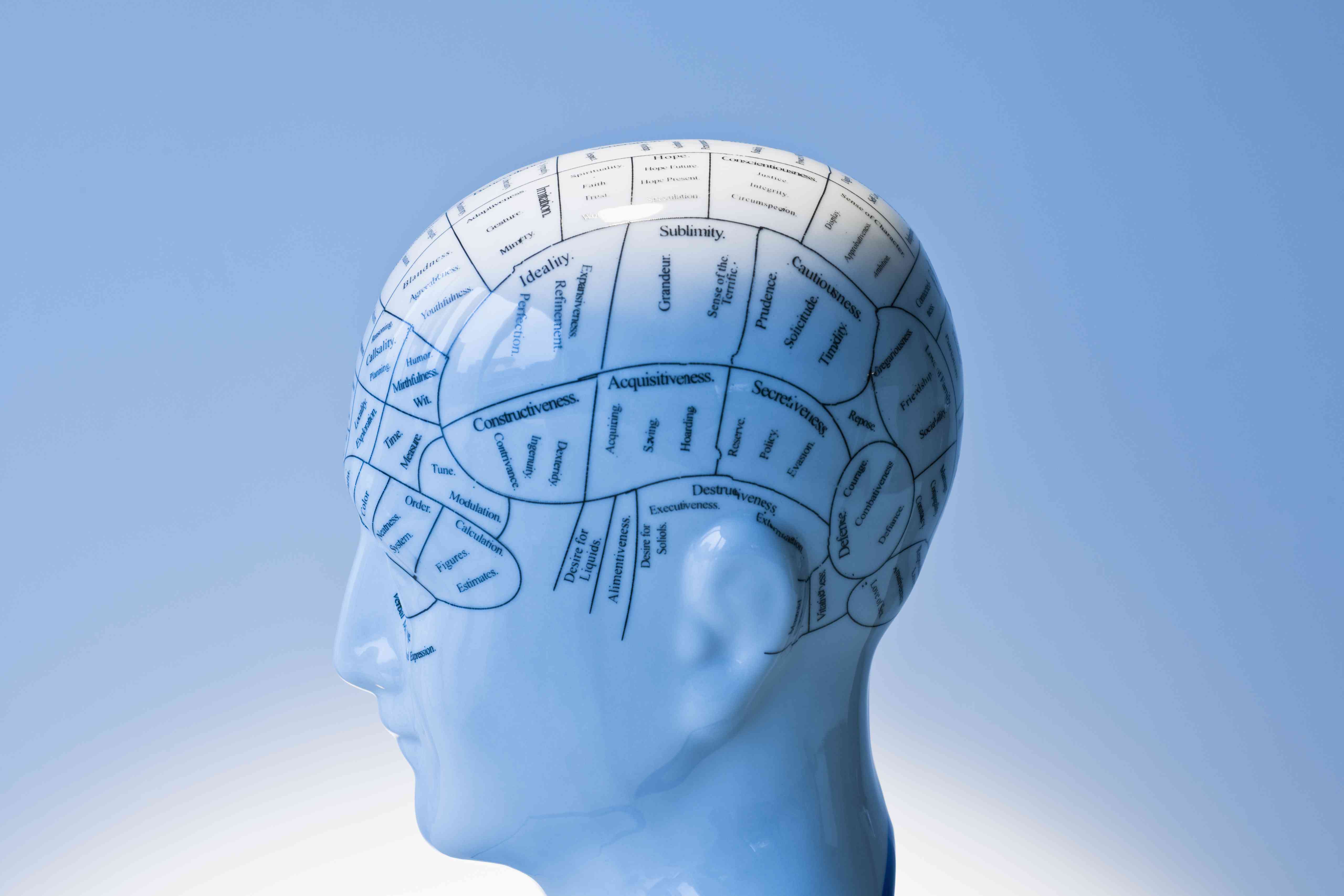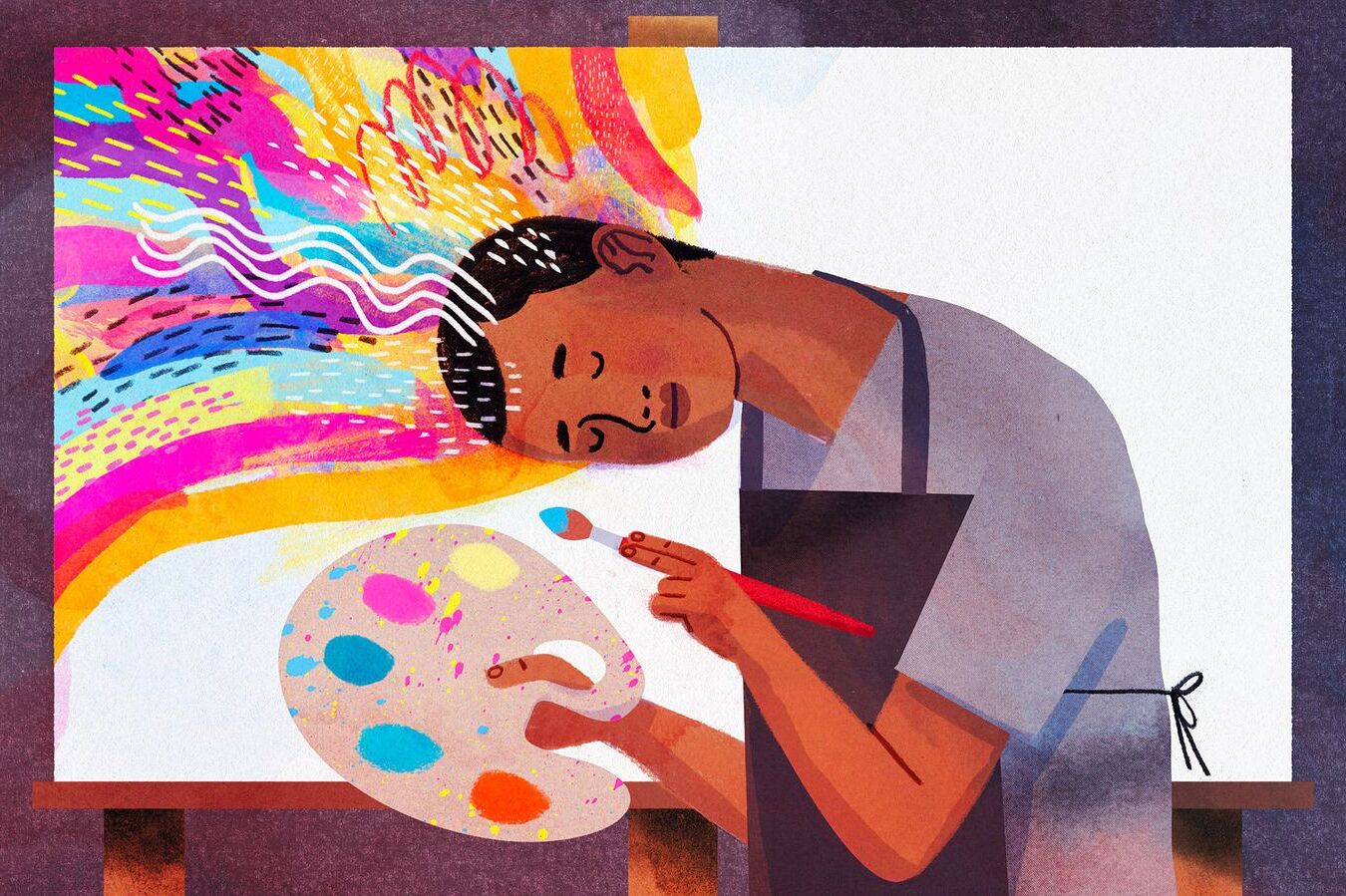
Phrenology charts might seem like relics from a bygone era, but they hold a fascinating place in the history of science and pseudoscience. These charts, which map out the human skull to predict personality traits and mental abilities, were once considered cutting-edge. Phrenologists believed that the shape and size of various bumps on the skull could reveal much about a person's character and intellect. While modern science has debunked these claims, phrenology charts remain intriguing artifacts. They offer a glimpse into how people once tried to understand the complexities of the human mind. Ready to dive into some quirky and surprising facts about these historical curiosities? Let's get started!
Key Takeaways:
- Phrenology, a 19th-century pseudoscience, used skull charts to assess personality traits. Despite its debunking, it remains a quirky historical curiosity and a subject of interest in popular culture.
- Phrenology charts, though discredited, have influenced early neuroscience and psychology, and continue to fascinate historians, scholars, and collectors as intriguing artifacts of the past.
What is Phrenology?
Phrenology is the study of the shape and size of the cranium as a supposed indication of character and mental abilities. This pseudoscience was popular in the 19th century and has since been debunked. However, it remains a fascinating historical curiosity.
- Phrenology was developed by German physician Franz Joseph Gall in the late 18th century.
- Gall believed that the brain is the organ of the mind and that specific mental faculties are located in distinct areas of the brain.
- The term "phrenology" comes from the Greek words "phren," meaning mind, and "logos," meaning study.
- Phrenologists used charts to map out the brain's different regions, each supposedly linked to different personality traits.
- These charts often depicted the skull divided into numbered sections, each corresponding to a particular trait or ability.
How Phrenology Charts Were Used
Phrenology charts were tools used by practitioners to "read" a person's character by examining the bumps and indentations on their skull. This practice was believed to reveal insights into a person's personality, intelligence, and behavior.
- Phrenologists would run their fingers over a person's skull to feel for bumps and indentations.
- They would then consult a phrenology chart to interpret these physical features.
- Each bump or indentation was thought to correspond to a specific mental faculty or personality trait.
- For example, a bump in the area associated with "combativeness" was believed to indicate a person's aggressiveness.
- Phrenology charts were often highly detailed, with dozens of different regions and traits mapped out.
Popularity and Influence of Phrenology
Despite its lack of scientific basis, phrenology was extremely popular in the 19th century. It influenced various aspects of society, from education to criminal justice.
- Phrenology gained widespread popularity in Europe and the United States during the 19th century.
- Many people, including prominent figures, believed in phrenology and consulted phrenologists for advice.
- Phrenology was used in educational settings to tailor teaching methods to individual students' supposed mental faculties.
- Some employers used phrenology to assess job applicants' suitability for certain roles.
- In the criminal justice system, phrenology was sometimes used to assess the likelihood of criminal behavior.
Criticism and Decline of Phrenology
As scientific understanding of the brain advanced, phrenology faced increasing criticism and eventually fell out of favor. Modern neuroscience has thoroughly discredited phrenology.
- By the late 19th century, phrenology was increasingly criticized by scientists and medical professionals.
- Advances in neuroscience revealed that the brain's functions are not localized in the way phrenologists claimed.
- Phrenology was also criticized for its lack of empirical evidence and scientific rigor.
- The practice was often associated with charlatanism and quackery.
- Despite its decline, phrenology continued to have some influence into the early 20th century.
Modern Perspectives on Phrenology
Today, phrenology is considered a pseudoscience. However, it remains an interesting historical phenomenon and has even found a place in popular culture.
- Modern neuroscience has thoroughly discredited phrenology.
- Phrenology is often cited as an example of how scientific theories can be influenced by cultural and social factors.
- Despite its lack of scientific validity, phrenology has had a lasting impact on the study of the brain and psychology.
- Phrenology is sometimes referenced in popular culture, such as in movies, TV shows, and literature.
- Some people collect phrenology charts and busts as historical curiosities.
Interesting Facts About Phrenology Charts
Phrenology charts are fascinating artifacts that provide insight into the beliefs and practices of 19th-century phrenologists. Here are some intriguing facts about these charts.
- Phrenology charts were often beautifully illustrated and highly detailed.
- Some charts included dozens of different regions, each associated with a specific trait or ability.
- Phrenology charts were sometimes accompanied by detailed descriptions of each region and its associated traits.
- Some phrenologists created their own unique charts, leading to variations in the number and location of regions.
- Phrenology charts were often used as educational tools, both for teaching phrenology and for assessing individuals.
The Legacy of Phrenology
Despite being discredited, phrenology has left a lasting legacy. It has influenced various fields and continues to be a subject of interest for historians and scholars.
- Phrenology contributed to the development of early neuroscience and psychology.
- The idea that different parts of the brain are responsible for different functions has some basis in modern neuroscience.
- Phrenology influenced the development of other pseudosciences, such as physiognomy and graphology.
- The study of phrenology provides insight into the history of science and the ways in which scientific theories can be shaped by cultural and social factors.
- Phrenology remains a subject of interest for historians, scholars, and collectors.
Fun and Quirky Facts About Phrenology
Phrenology may be a pseudoscience, but it has some fun and quirky aspects that make it an interesting topic to explore.
- Some phrenologists claimed they could determine a person's future career success by examining their skull.
- Phrenology was sometimes used as a form of entertainment, with phrenologists giving public demonstrations and readings.
- Phrenology busts, which depict the human head with labeled regions, are popular collectibles and decorative items.
The Final Word on Phrenology Charts
Phrenology charts, once a popular tool for understanding personality, have a fascinating history. They were used to map out different areas of the brain, each believed to control specific traits. Though modern science has debunked phrenology as a pseudoscience, these charts still offer a glimpse into the past and how people tried to make sense of human behavior.
Today, phrenology charts are more of a curiosity than a scientific tool. They remind us of the importance of questioning and testing ideas. While phrenology itself may not hold up to scientific scrutiny, it paved the way for more rigorous studies in psychology and neuroscience.
So, next time you see a phrenology chart, appreciate it for what it is—a historical artifact that shows how far we've come in understanding the human mind.
Frequently Asked Questions
Was this page helpful?
Our commitment to delivering trustworthy and engaging content is at the heart of what we do. Each fact on our site is contributed by real users like you, bringing a wealth of diverse insights and information. To ensure the highest standards of accuracy and reliability, our dedicated editors meticulously review each submission. This process guarantees that the facts we share are not only fascinating but also credible. Trust in our commitment to quality and authenticity as you explore and learn with us.


